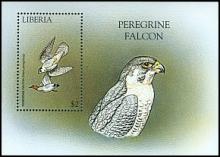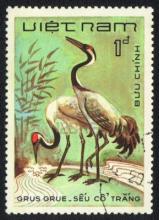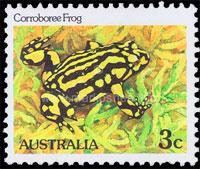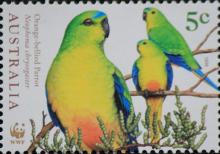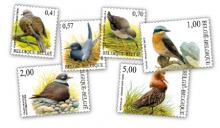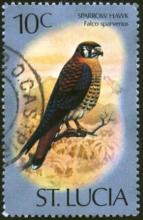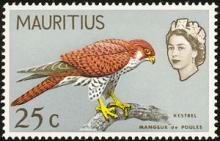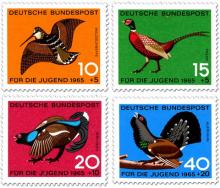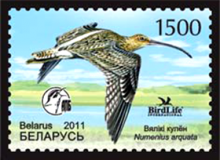In just five years, the population of the peregrine falcon in the Forest of Bowland in Lancashire has tumbled from 30 birds to just a single breeding pair
Once described as the “Switzerland of England”, the Forest of Bowland offers an ideal habitat for the peregrine falcon. With its rocky outcrops and vast tracts of upland, it was until recently home to a thriving population of some 15 pairs of Britain’s fastest bird of prey. But almost as rapidly as Falco peregrinus sweeps from the sky to secure its quarry, the number of the species in the 880-square-kilometre beauty spot stretching across Lancashire has plummeted. In just five years, the population has tumbled from 30 birds to just a single breeding pair. The dramatic decline has set alarm bells ringing among conservationists, who point out that there are now more of these graceful predators living in England’s cities than across a vast swathe of the North stretching from the Peak District to the Yorkshire Moors and the Pennines.

